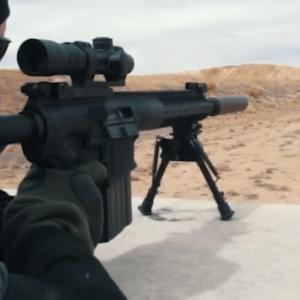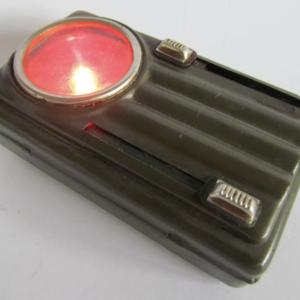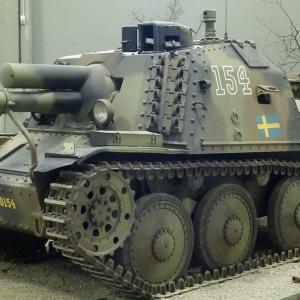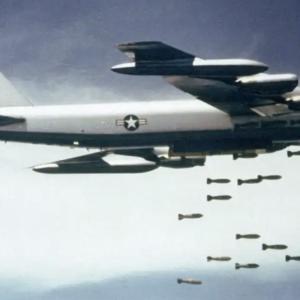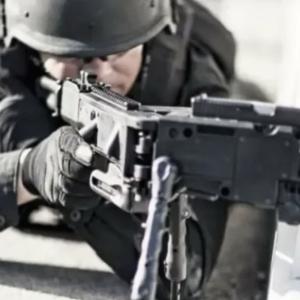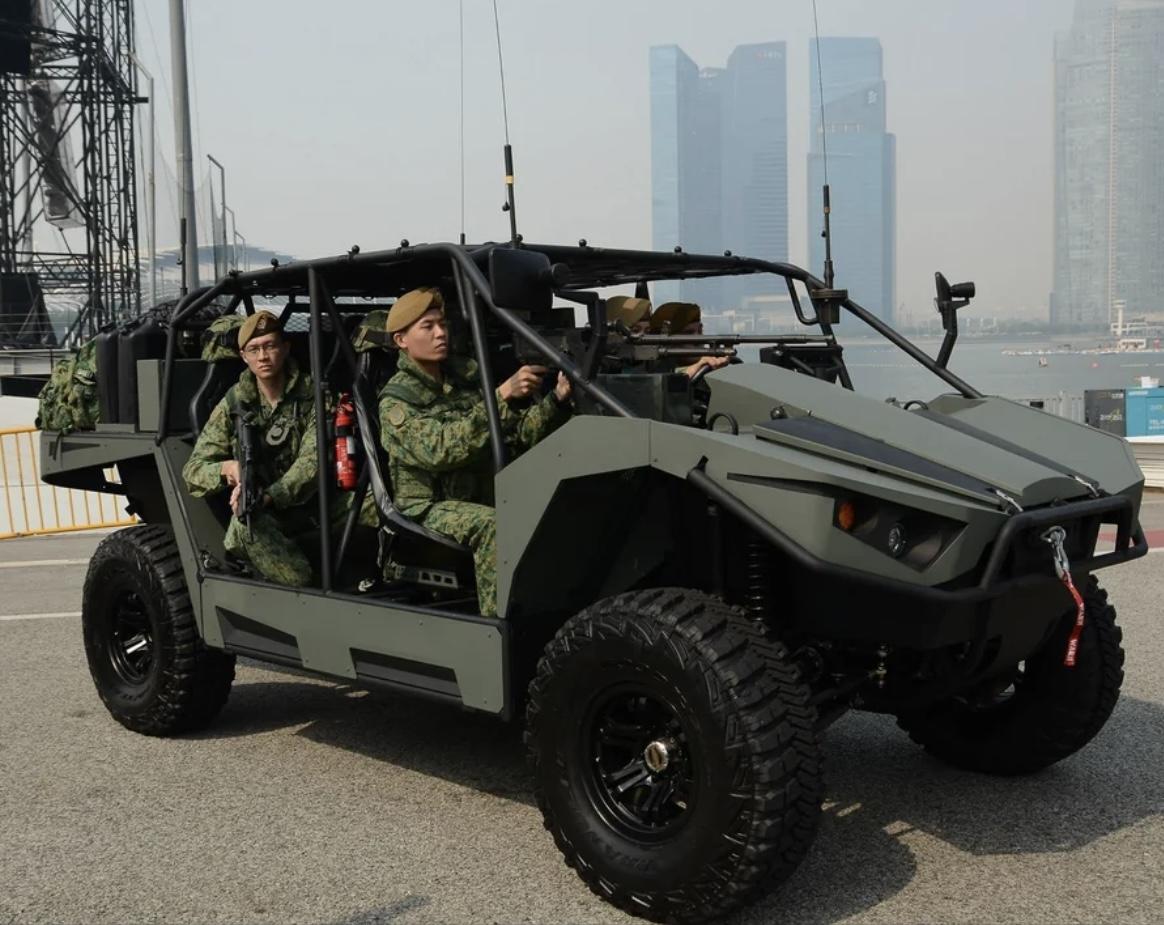
Singapores LSV11
The Light Strike Vehicle Mark II is a high-mobility platform developed for rapid response and fire support roles within the Singapore Armed Forces. Designed and manufactured by ST Kinetics, the vehicle was created as an upgraded successor to earlier light strike vehicles, emphasizing speed, firepower, and modular adaptability. It plays a central role in Singapore’s shift toward network-centric and highly mobile operations, especially in environments where agility and rapid deployment are critical.
Primarily used by the Guards formation and infantry battalions, it supports missions such as reconnaissance, quick assaults, anti-tank engagements, and heliborne insertions. Its design accommodates integration with modern battlefield communication systems, allowing it to coordinate effectively within combined arms operations. The vehicle is also air-portable, making it suitable for deployment by helicopter, which greatly enhances its operational flexibility.
The vehicle typically seats up to six personnel, including the driver, commander, and gunners or dismounts. It has a curb weight of approximately 1,800 kilograms and is powered by a 136-horsepower diesel engine, giving it a top road speed of around 110 km/h. Its suspension and chassis are engineered for rugged off-road performance, enabling it to traverse difficult terrain with speed and stability.
Its weapon configurations vary depending on mission requirements. Common setups include a 7.62 mm general-purpose machine gun, a 40 mm automatic grenade launcher, and in some variants, Spike anti-tank guided missile systems. This modular armament design allows it to be tailored for different operational roles, whether it's providing direct fire support, engaging armored threats, or performing overwatch.
The vehicle’s compact dimensions—around 4.9 meters long and 2.1 meters wide—along with its lightweight frame and high payload capacity, allow it to carry significant weaponry and equipment while maintaining speed and maneuverability. All of these features combine to make it a key component in Singapore’s strategy of leveraging highly mobile, well-armed units capable of fast, decisive actions.

